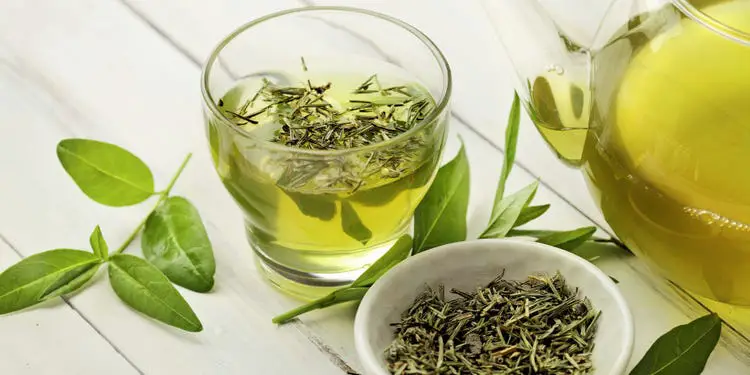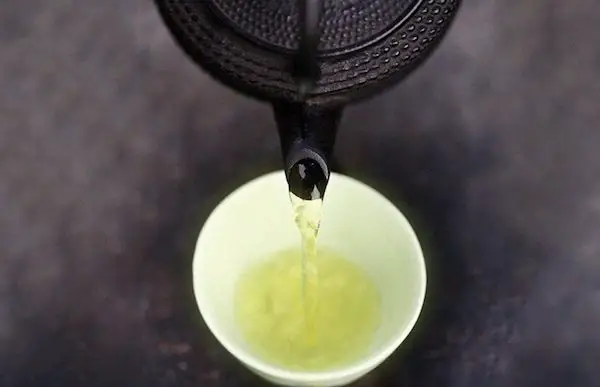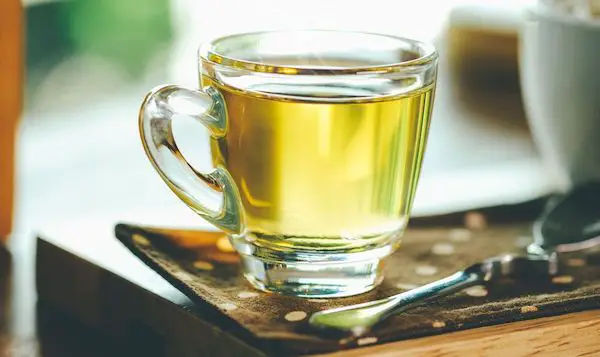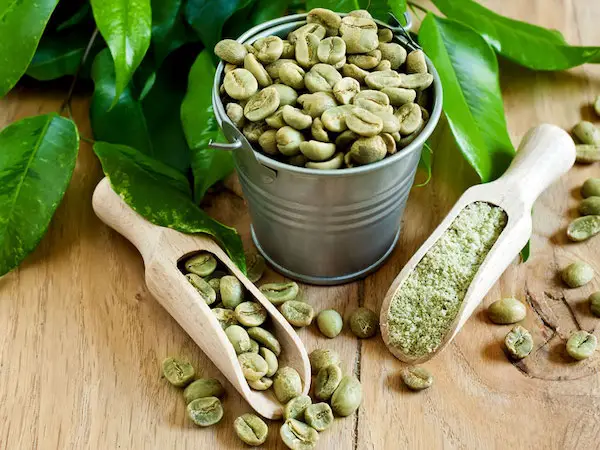Green tea vs. green coffee are somewhat stealing the beverages worldwide because of their popularity and endless health benefits. However, they both are very effective and productive in promoting good health for all ages. Although it is not easy to quantify which one is the best out of the two thus, we are taking down the differences & similarities that they both possess.
Contents
What is green tea?
Green tea is the least oxidized or processed natural tea type. After producing white, oolong, and black teas, it is extracted from young tea leaves plucked near the harvest season. Moreover, this tea originated from China, but it is now widely produced worldwide. It is one of the freshest and organic teas that hold the most benefits.
Green tea benefits
- Aids in weight loss
- Good for mouth
- Lowers down heart risks
- Supports brain functioning
- Regulates blood pressure

What is green coffee?
Green Coffee Beans are the natural form of coffee beans used as they are taken from the cultivation grounds. Coffee beans contain chlorogenic acid, which organically has antioxidant and anti-inflammatory properties. It makes green coffee perfect for reducing or controlling health issues like diabetes, high blood pressure, raised blood sugar levels, and chronic diseases. Its rawness has the actual goods and is potent to provide health benefits.
Green coffee benefits
- Help in losing inches
- Reduces risk of chronic diseases
- Lowers blood pressure
- Regulates blood sugar
- Potential anti-aging effects
- Acts as a detoxifier
Difference Between Green Tea Vs. Green Coffee
| Green Tea | Green Coffee |
|---|---|
| Green tea is extracted from the buds & leaves of the ‘Camellia Sinensis’ plant. | Green coffee is extracted from the coffee beans |
| Its dried leaves are used to make a healthy and natural beverage. | Green coffee beans are not roasted and remain in their natural form. |
| It is made by steaming green tea leaves at high temperatures. | It has no such method of making |
| Green tea has health benefits like maintaining cholesterol levels and fats in the blood, controlling high blood pressure, preventing heart diseases, and being excellent for weight loss. | Green coffee has endless health benefits as it helps in weight reduction, helps in managing stress, and keeps us active & refreshing. |
| Green tea is pungent in taste | It is mild in flavor. |
| Green has less caffeine content as compared to green coffee. | It has less caffeine as compared to roasted coffee. |
| Its polyphenol content is majorly responsible for all the goodness. | It contains chlorogenic acid, one of the nutritional components in green coffee among many others. |
| It helps in preventing inflammation, swelling in bones, maintaining good metabolism, and is excellent for overall health. | Green coffee cleanse and detoxify the liver and also makes hairs stronger and shiner. |
Brewing Tips of Green Tea
Brewing a tea is an aesthetic task; it possibly will not give its best flavor if you hurry. So, making a perfect cup of green tea is as technical as easy it seems. But of course, you need the right direction and suggestion to make that ideally sip-able green tea.
Here are a few steps and tips for you before you decide you make yourself a cup of green tea.
- Preheat your pan, whichever you use for tea purposes. Add 1 cup of fresh water and let it boil entirely until you see the bubbles.
- Now add your green tea bag, or if you have loose tea, don’t add more than 1-2 tbsp, especially if it’s herbal green tea. There are many brands that offer various flavorsome green tea. But some brands are really appreciable like Organic India, Butterfly Ayurveda, Vahdam Teas, and so on. But the best one is Vahdam green tea.
- Once you see the flavor and the color of water start changing and becoming darker, that’s the indication that your green tea is brewing well.
- Don’t forget to pour your green tea only in a glass or ceramic mug or cup because iron or steel utensils might leave a bad taste in tea. Also, avoid plastic cups.

Brewing Tips of Green Coffee
Green coffee beans are not easily accessible and famous in the Indian tea market yet, but it doesn’t mean they exist. Many websites offer green coffee online at the best prices. And those who use green coffee in their routines know how effective and valuable it is for health.
Now here are some green coffee brewing tips and steps for preparing-
- Firstly, add 1 cup of water and let it boil for a good 3-4 minutes.
- Once you witness the bubbles, then add on 2-3 tbsp of green coffee powder. If you have a green coffee bag then, dip the bag into the pan.
- If you have green coffee beans, then it is recommended to grind them finely in a grinding jar. Or else you can also use the whole bean if you want.
- Keep it on the stove for 10 minutes and wait until you can smell the coffee aroma.
- Additionally, you can put 1 tbsp of honey or lemon in it if necessary.

FAQs
Is green coffee good for skin?
Yes, green coffee contains chlorogenic acid, an antioxidant compound which fights with free radicals present in our skin which causes wrinkles and acne. Moreover, the fatty acids in green coffee are effective in curing all aging problems. It also makes your skin look fresh.
Can I drink green tea daily?
There is no harm in drinking green tea every day. As it’s a natural tea thus, it does no damage to the body. However, you are recommended to have no more than 2-3 cups daily.
Which is good for weight loss: green tea vs. green coffee?
Both beverages are an excellent choice for weight management purposes. However, green tea leaves are natural and have almost zero calories, less caffeine, and burn fats faster than green coffee. On the other hand, green coffee beans contain more caffeine which affects our blood sugar. Hence it reduces the weight loss process.
What is the best time to have green coffee?
Green coffee is recommended to take right after meals, like after breakfast or dinner, as it helps in the digestion of the food effectively and improves the metabolism of the body if consumed after meals.
Further Reading:



